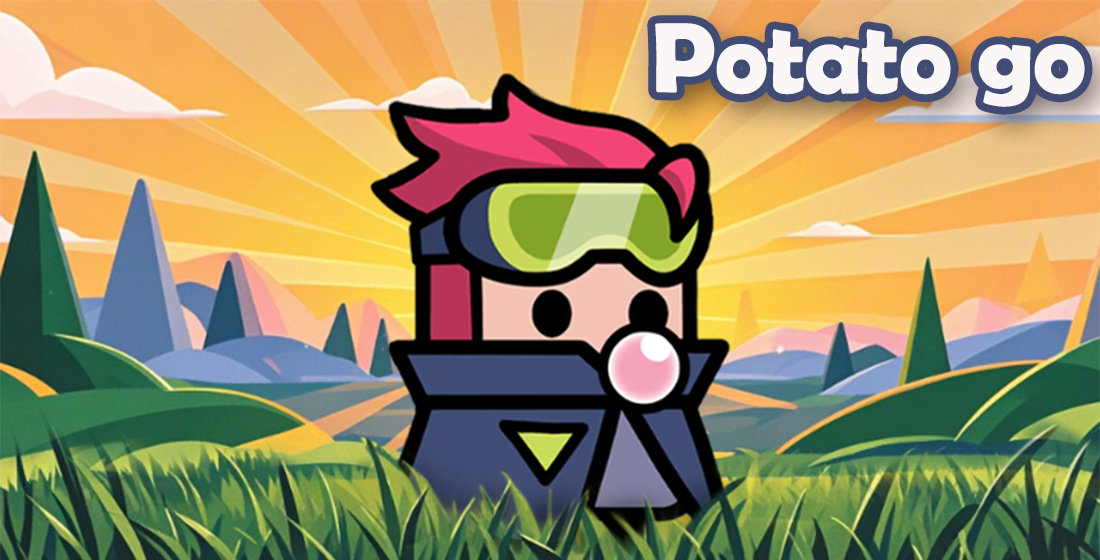Unlocking Creativity: How Building Games Foster Learning in Educational Environments
In the ever-evolving landscape of education, the method in which knowledge is delivered is just as important as the content itself. One innovative approach gaining traction is the incorporation of building games in educational settings. These dynamic tools do more than just entertain; they cultivate creativity and enhance learning. Let’s explore the impact of educational games and understand the way they unlock potential within students.
What Are Building Games?
Building games are interactive digital platforms where players create structures or environments. They encourage problem-solving skills, innovation, and strategic thinking while providing a rich canvas for creative expression. Popular examples include games like Minecraft, which allows players to build vast landscapes, and Roblox, where users can design their own games. But how do these games translate into educational success?
The Role of Creativity in Education
Creativity is a fundamental element in education. It encourages critical thinking, fosters emotional intelligence, and enhances engagement. Incorporating creativity into learning not only makes education enjoyable but also helps students develop deeper understanding. Building games prompt learners to experiment, iterate, and refine their ideas in a supportive environment.
Engagement Levels: The Power of Gamification
In the realm of education, engagement levels can make all the difference. Gamification—the integration of game elements in non-game contexts—has proven effective in boosting student interest. Building games exemplify this principle, as students face challenges, set goals, and work collaboratively, all while having fun!
Enhancing Collaboration Among Students
Collaboration is crucial in building games; players often work together to achieve common objectives. This encourages teamwork and enhances communication skills. When students collaborate, they learn to appreciate diverse viewpoints, ultimately preparing them for real-world situations where teamwork is essential.
Critical Thinking and Problem Solving
Building games are rife with challenges that require players to think critically. Whether it’s finding the best structure for a task or navigating obstacles, these games require players to devise strategies and come up with creative solutions. As students overcome these challenges, they sharpen their analytical skills.
Hands-On Learning Through Building
Hands-on learning is vital for grasping complex concepts. Building games provide a tactile experience where students can explore theories and principles by creating them. For instance, physics concepts become more understandable when students construct a bridge and test its stability. This practical application transforms abstract ideas into tangible experiences.
Incorporating ASMR in Games
Now, you may wonder, what does ASMR stand for in games? ASMR, or Autonomous Sensory Meridian Response, typically refers to the tingling sensation some experience when exposed to certain stimuli. Games that integrate ASMR elements—like soothing sounds during gameplay—can enhance relaxation and focus, making them ideal for educational settings.
Choosing the Best RPG Turn-Based Games for PCs
When it comes to RPGs, the best turn-based games for PCs often focus on rich storytelling alongside strategic decision-making. Popular titles include:
- Final Fantasy X
- Divinity: Original Sin 2
- XCOM 2
- Fire Emblem: Three Houses
- Persona 5
These games not only entertain but also encourage analytical skills, resource management, and thoughtful planning.
Best Practices for Implementing Building Games in Classrooms
To optimize the use of building games in educational contexts, consider the following best practices:
- Set clear educational goals.
- Encourage a balance between guidance and freedom.
- Facilitate discussions post-gameplay to reinforce learning.
- Assess students’ understanding through creative outcomes.
Potential Challenges and Solutions
Using building games in educational environments does not come without its hurdles. Some challenges include:
- Motivation: Not all students may be immediately interested.
- Access to technology: Not every educational institution has the resources.
- Time management: Balancing creative play with curriculum demands.
However, addressing these issues with a structured approach can yield positive results. For example, integrating games gradually can pique interest and showing tangible connections to curriculum can enhance buy-in.
Table: Benefits of Building Games in Education
| Benefit | Details |
|---|---|
| Improved Engagement | Students are more likely to participate when play is involved. |
| Creativity Boost | Students explore and experiment freely. |
| Enhanced Problem-Solving | Challenging gameplay encourages critical thinking. |
| Collaboration Skills | Teamwork is essential to achieving in-game objectives. |
| Tangible Learning | Abstract concepts feel real through creation. |
Final Thoughts: Embracing a New Era of Learning
As we journey into a new educational paradigm, embracing innovative technologies like building games is essential. These tools don't merely teach; they inspire, engage, and transform learning experiences into immersive adventures. By fostering creativity and collaboration, we equip students with the skills to thrive in the 21st century. So, let’s champion the cause of building games and unlock endless possibilities for our learners!
Conclusion: Building games are more than just play; they're a vital educational resource that nurtures a love for learning. By incorporating these platforms into classrooms, educators can unlock creativity and prepare students for future challenges. With the right approach, the classroom can quickly become a sanctuary for innovation!



